Unveiling the Rich History of PEMF Therapy
Home >PEMF Therapy >Unveiling the Rich History of PEMF Therapy
Pulsed Electromagnetic Field (PEMF) therapy, a holistic and non-invasive approach to health and wellness, possesses a history that spans millennia. To understand the profound power and potential of PEMF therapy, it’s crucial to explore its rich historical roots and how it has evolved into a revolutionary modality for healing and rejuvenation.
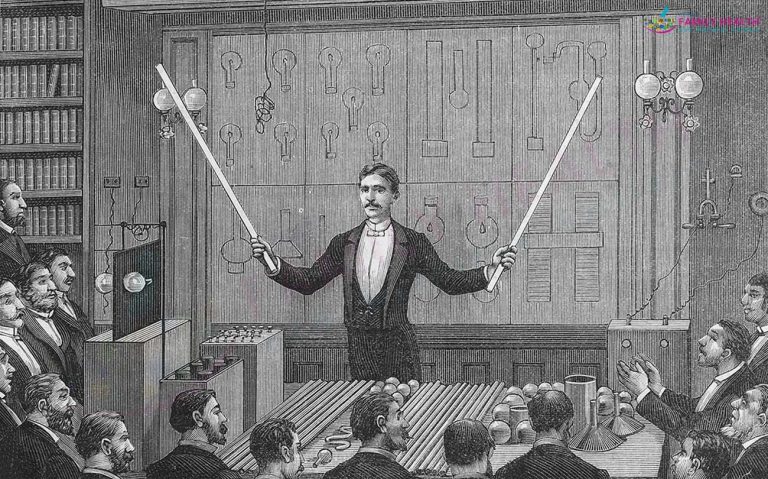
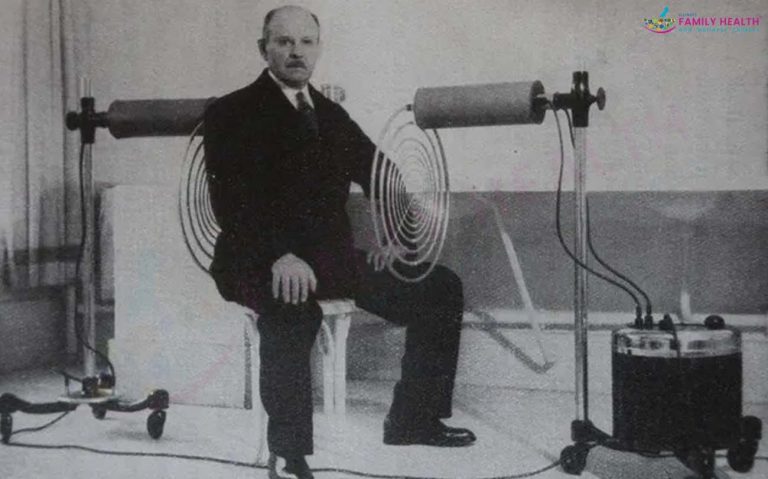
Ancient Origins and Early Uses
The utilization of electromagnetic fields for therapeutic purposes, as documented in the history of PEMF therapy, can be traced back to ancient civilizations, including the Egyptians. Historical records show that these early healers harnessed the electric properties of certain fish to treat various ailments, marking the earliest instances of electromagnetic field applications in healing practices
The Contributions of Nikola Tesla
PEMF therapy, as we know it today, took a significant step forward in the 20th century thanks to the pioneering work of Nikola Tesla, an iconic inventor and electrical engineer. Tesla’s relentless pursuit of knowledge led him to explore the effects of electromagnetic fields on the human body. He is often credited with the discovery of PEMF therapy’s healing potential, and his experiments provided the cornerstone for further research and development.


NASA's Involvement: A Turning Point
The 1960s marked a pivotal period when NASA delved into the possibilities of PEMF therapy. Astronauts on space missions often experienced muscle and bone loss due to prolonged weightlessness. In response to this challenge, NASA conducted extensive research, and their findings revealed the capability of PEMF therapy in stimulating bone growth and hastening the healing process. These discoveries ultimately led to the development of PEMF devices that were employed by NASA to enhance the health and well-being of astronauts.
Rise to Recognition and Popularity
PEMF therapy’s recognition in the medical field soared after the invaluable contributions of NASA. An abundance of research studies has been conducted to explore the therapeutic effects and applications of this innovative modality. Today, PEMF therapy is widely embraced across various medical disciplines, including orthopedics, sports medicine, pain management, and rehabilitation.
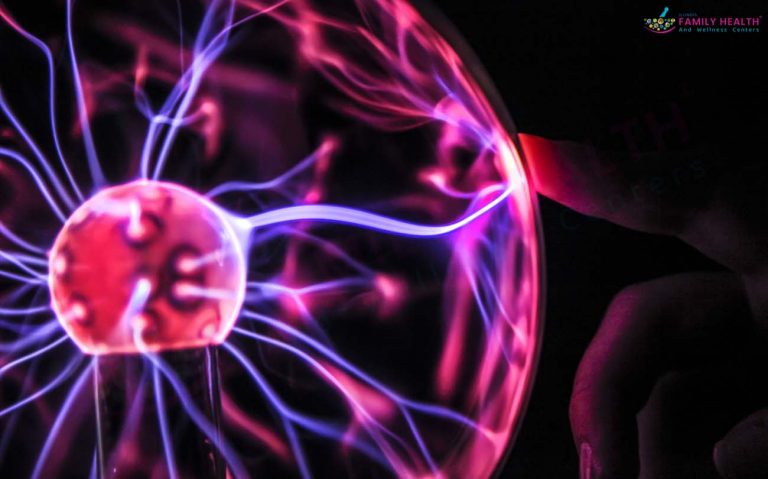
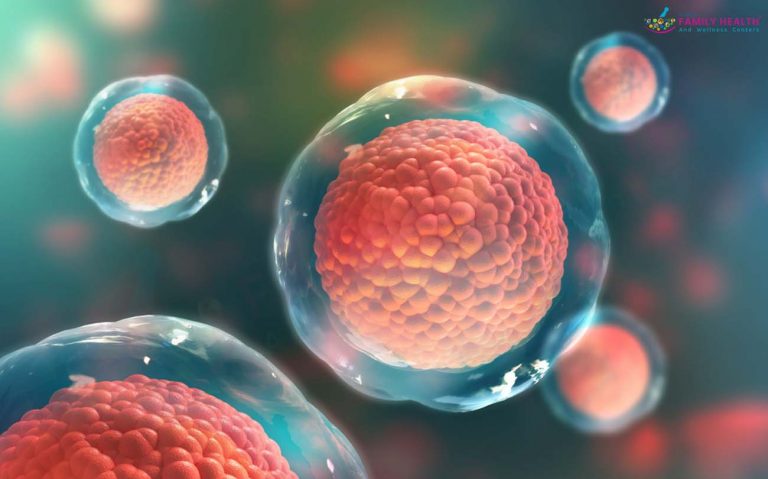
The Mechanism of PEMF Therapy
At its core, PEMF therapy operates on the principle of electromagnetic induction. When a pulsating electromagnetic field is applied to the body, it penetrates deep into tissues and cells, stimulating a multitude of biological processes. This stimulation, in turn, catalyzes the body’s innate healing mechanisms, enhances cellular metabolism, and improves overall cellular function.
A Plethora of Benefits
The efficacy of PEMF therapy in addressing both acute and chronic conditions is well-documented. Some of the noteworthy benefits include:
- Accelerated Recovery: Research conducted by Markov (2007) revealed PEMF therapy’s potential in stimulating tissue repair and possibly reducing recovery time.
- Pain Relief: Chen et al. (2019) explored the use of PEMF therapy for musculoskeletal pain relief, affirming its effectiveness.
- Enhanced Overall Health: In a meta-analysis by Vavken et al. (2009), PEMF therapy exhibited a positive impact on patients’ overall health during the treatment of delayed bone fractures.
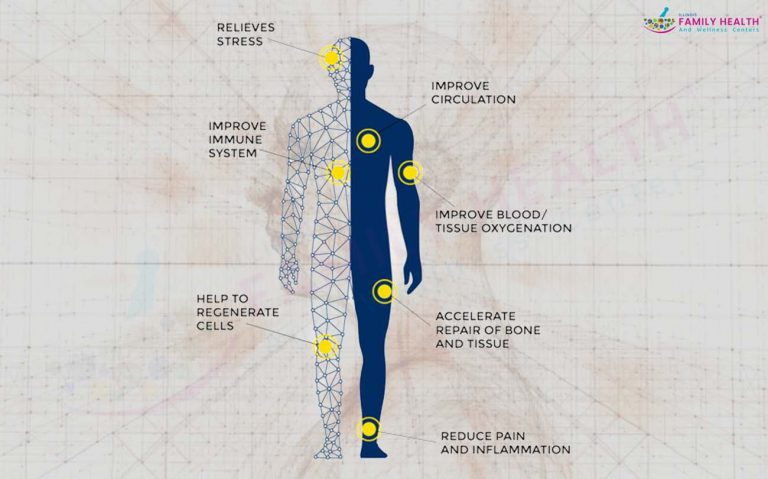
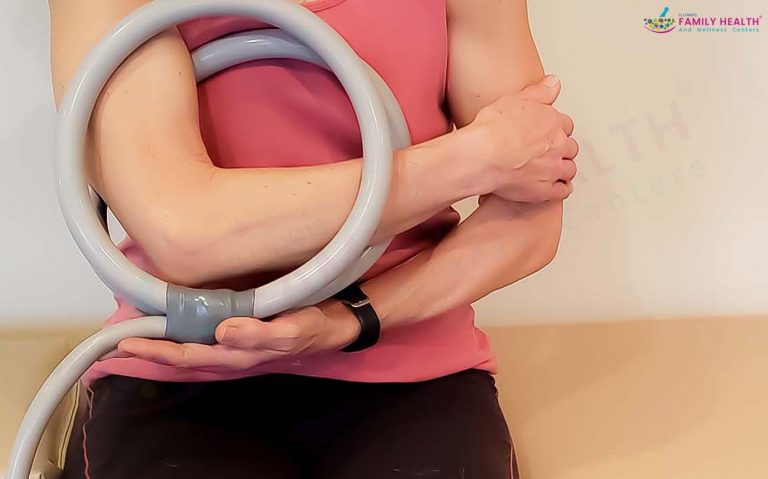
PEMF Therapy at Illinois Family Health and Wellness Centers
References
- Markov, Marko S. “Pulsed electromagnetic field therapy history, state of the art and future.” The Environmentalist 27 (2007): 465-475.
- Chen, Li, et al. “Effects of pulsed electromagnetic field therapy on pain, stiffness, and physical function in patients with knee osteoarthritis: A systematic review and meta-analysis of randomized controlled trials.” Journal of Rehabilitation Medicine 51.11 (2019): 821-827.
- Vavken, Patrick, et al. “Effectiveness of pulsed electromagnetic field therapy in the management of osteoarthritis of the knee: a meta-analysis of randomized controlled trials.” Journal of Rehabilitation Medicine 41.6 (2009): 406-411.
